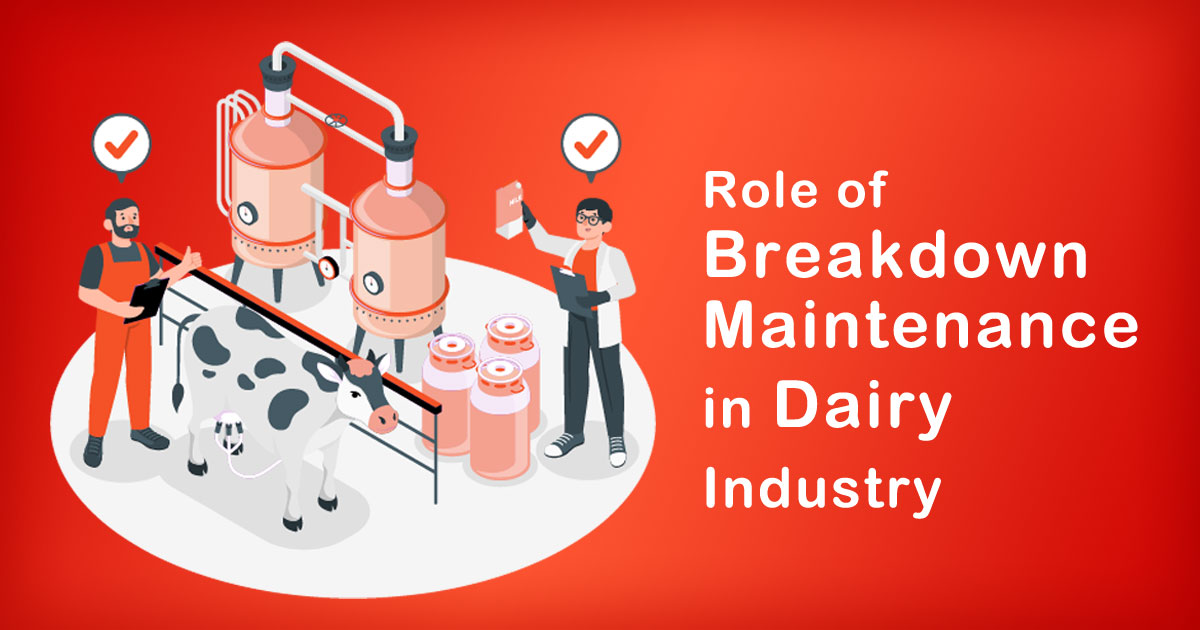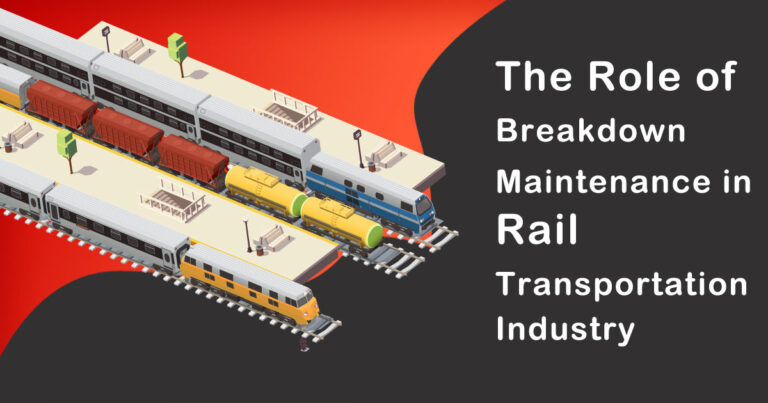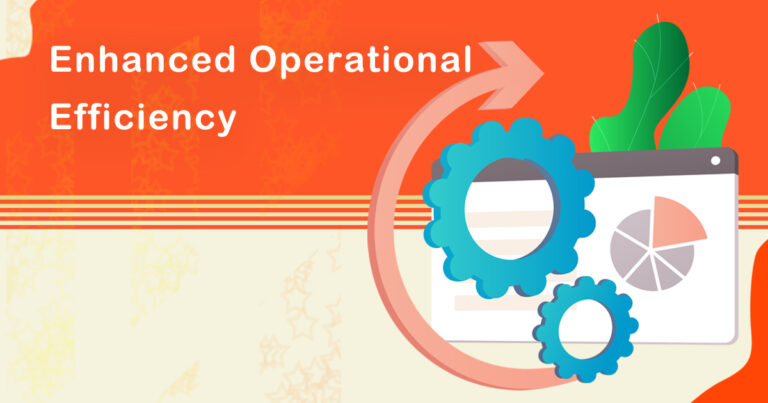Introduction
In the vast landscape of India’s agriculture sector, the dairy industry has always been a crucial component, contributing significantly to the country’s economy and providing sustenance to millions. As the demand for dairy products continues to rise, maintaining the smooth operation of dairy plants becomes paramount. Breakdown maintenance plays a pivotal role in ensuring uninterrupted production, minimizing downtime, and optimizing overall efficiency. In this blog, we will explore the significance of breakdown maintenance in the Indian dairy industry, backed by research and pertinent facts.
Importance of the Dairy Industry in India
India holds the distinction of being the world’s largest milk producer, surpassing even the European Union and the United States. With over 22% of global milk production, the dairy industry in India employs millions of people and supports millions of farmers. It is a major source of livelihood for rural communities and contributes significantly to the nation’s GDP. Considering its vastness and impact, maintaining the industry’s infrastructure becomes a matter of paramount importance.
The Role of Breakdown Maintenance
Breakdown maintenance, also known as corrective maintenance, refers to the repair and restoration of equipment or machinery after a breakdown or failure. Unlike preventive maintenance that focuses on scheduled inspections and routine servicing, breakdown maintenance is reactive and is initiated when an unexpected failure occurs.
1. Minimizing Downtime
In the dairy industry, production downtime can be detrimental as it directly impacts the overall output and revenue. Breakdown maintenance plays a crucial role in reducing downtime by quickly addressing equipment failures and bringing the machinery back to optimal working condition. This swift response helps in minimizing losses and meeting production targets effectively.
2. Cost-Effectiveness
Though preventive maintenance is essential, implementing it exclusively can be expensive, especially for small and medium-sized dairy plants. Breakdown maintenance complements preventive measures, offering a cost-effective approach to tackle sudden equipment malfunctions without incurring unnecessary expenses on routine check-ups.
Machinery Longevity
Regular breakdown maintenance can extend the lifespan of dairy equipment. Timely repairs and replacements prevent minor issues from developing into major problems, preserving the efficiency and functionality of machinery over time. This leads to a more sustainable and economically viable dairy operation.
Research and Facts
Several studies have highlighted the significance of breakdown maintenance in the Indian dairy industry. According to a research paper published in the “Journal of Agricultural Engineering,” effective breakdown maintenance has been shown to increase overall equipment effectiveness by up to 20% in dairy plants.
Another report by the “Indian Dairy Association” revealed that dairy farms that implement proactive breakdown maintenance strategies reported a 15% reduction in equipment replacement costs compared to those relying solely on reactive repairs.
Furthermore, a survey conducted by the “National Dairy Development Board” indicated that 85% of dairy plant managers acknowledged the positive impact of breakdown maintenance on minimizing losses during unexpected breakdowns.
Conclusion
In conclusion, breakdown maintenance plays an indispensable role in the Indian dairy industry. Its ability to reduce downtime, lower costs, and enhance machinery longevity are vital for sustaining this critical sector. By combining preventive maintenance with a well-planned breakdown maintenance strategy, dairy plants can ensure uninterrupted production, optimize efficiency, and contribute significantly to India’s agricultural growth and development. As the dairy industry continues to evolve, investing in the timely maintenance of equipment remains a key driver of success.
By prioritizing breakdown maintenance, stakeholders in the Indian dairy industry can ensure that the “white revolution” continues to flourish and that the nation’s position as the world’s largest milk producer remains unchallenged.








